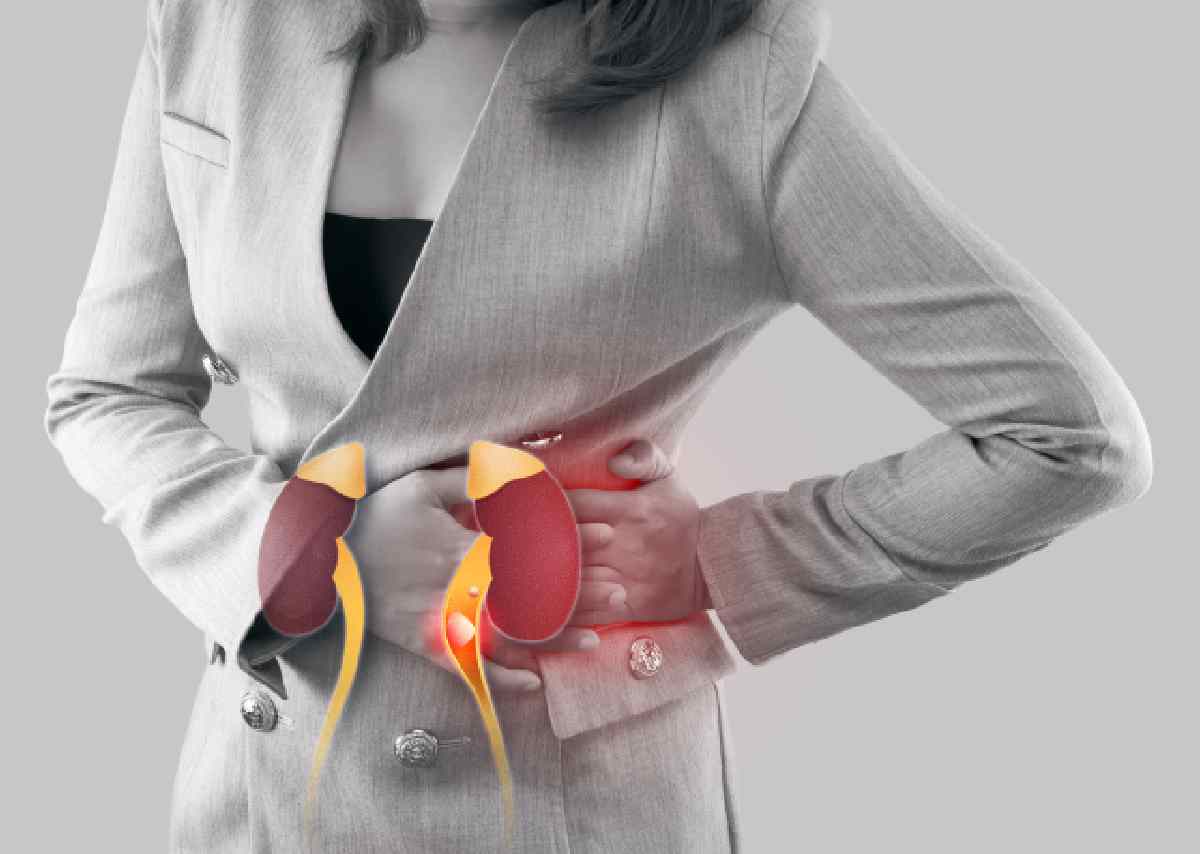Blog

How are Bladder Stones Removed?
Bladder stones develop due to deposits of minerals in the bladder, and it is usually caused by a condition in which the bladder cannot empty itself. Stones in the bladder are less prevalent than kidney stones, and their development mechanisms differ.
As a result, a patient with a history of bladder stones may not develop kidney stones, and vice versa. Bladder stones are more common in men because the prostate frequently causes blockages. In this guide, Dr. Abdul Munnon Durrani, a urologist and bladder stone surgeon in Dubai, will discuss everything in detail about bladder stones and their removal options.
What Factors Contribute to Bladder Stones?
When the bladder does not empty, stones might develop, and as a result, urine becomes concentrated, and it may crystallise and form stones.
Some infections can cause bladder stones, and an underlying illness that impairs the bladder's ability to hold, store, or evacuate urine can also cause bladder stone formation. Foreign materials cause bladder stones in the bladder.
What Causes Bladder Stones?
The most common reasons for bladder stones are discussed below:
What Are the Symptoms If One has Bladder Stones?
Some people have no symptoms, and the stones are discovered by chance on X-ray imaging for other reasons. The following are common symptoms:
The following are uncommon bladder stone complications:
How are Bladder Stones Diagnosed?
Diagnosis of Bladder Stones:
Based on the signs and symptoms, Dr. Abdul Munnon Durrani, the expert urologist in Dubai, will recommend a few tests to detect bladder stones, such as:
How are Bladder Stones Removed?
Dr. Abdul Munnon Durrani performs the following techniques for bladder stone removal in Dubai.
1. Transurethral Cystolitholapaxy
The procedure of transurethral cystolitholapaxy is used to break down and remove bladder stones. The process is carried out under either spinal or general anaesthesia. Antibiotics may be administered to patients during surgery to reduce the risk of infection.
A cystoscope, which is a tiny tube attached with a camera at the end, is inserted into the patient's urethra and advanced into the target organ bladder by the surgeon. Bladder stones are detected using the camera. Ultrasound waves or a laser are transmitted through the cystoscope to shatter the stones into tiny particles. Fluids are then used to flush the minute shards of stones out of the bladder.
2. Percutaneous Suprapubic Cystolithotomy (PCCL)
This procedure involves creating a small incision in the lower abdomen area, that is, just above the pubic bone. This allows the surgeon to have quick access to the bladder area. The cystoscope is then inserted through the cut or incision into the bladder, which makes it easy to visualise the stone.
As the stone is located, several techniques are used for stone fragmentation and removal. These techniques may include using laser energy, mechanical crushing devices, or ultrasonic lithotripsy. In some cases, a cystolithotripsy device can be used to directly fragment and remove the stone.
After the stone has been split and removed, the incision is closed, and a catheter is left in place for a short period. This allows the bladder to heal properly.
3. Open Cystolithotomy
Open bladder stone removal is conducted as an inpatient surgery under general anaesthesia. A cystoscopy is a very first step. After the bladder has been checked, an incision in the lower abdomen is made to provide access to the bladder. The stone is removed when the bladder is opened.
An absorbable stitch is used to repair the bladder, and a catheter is introduced into the bladder through the urethra. Because there is often some bleeding from the bladder due to the surgery, it is often essential to gently drip liquids in and out of the bladder for a certain amount of time.
What are the Benefits of Undergoing Bladder Stone Removal Surgery?
Bladder stone removal surgery helps :
It's vital to note that the specific benefits and outcomes can vary from person to person, depending on the individual's overall health, the size and location of the stones, and any underlying conditions.



